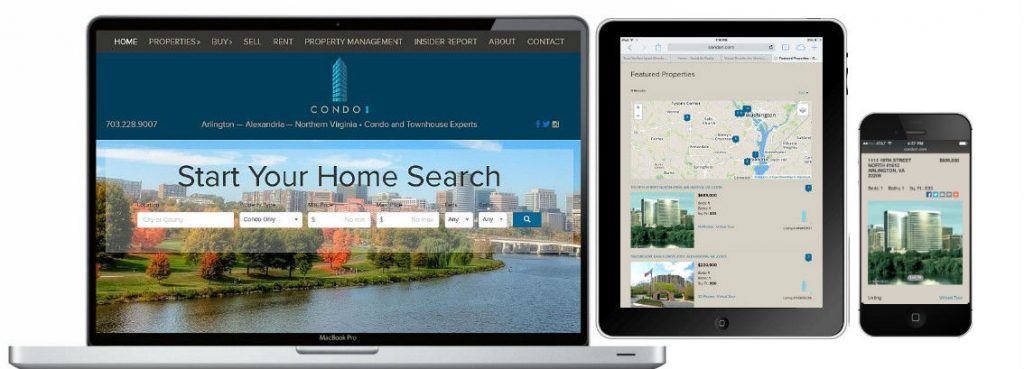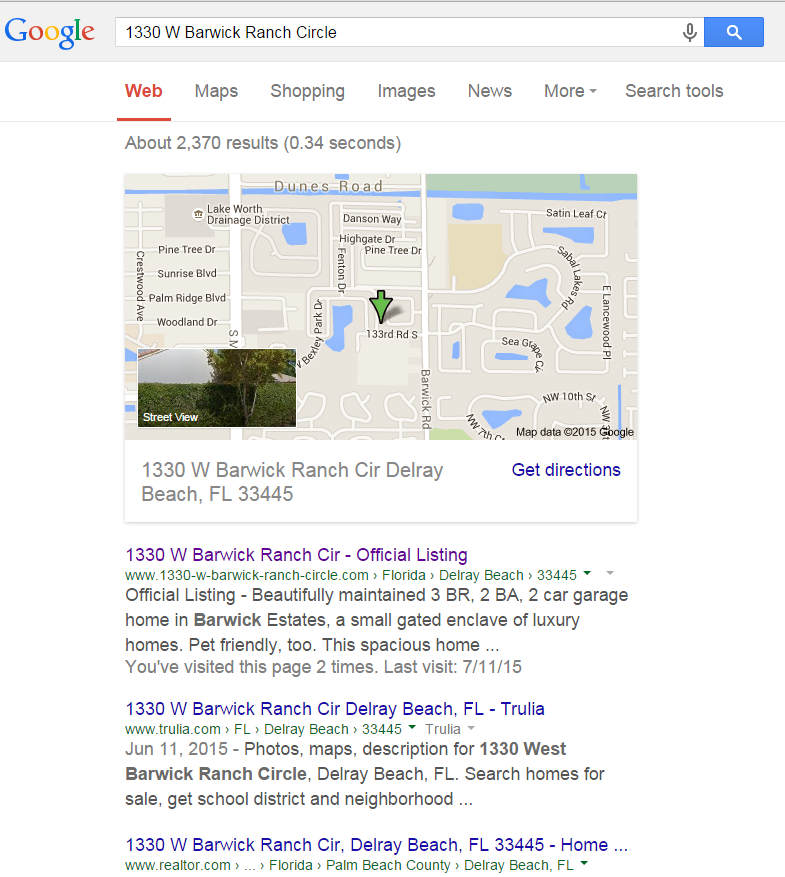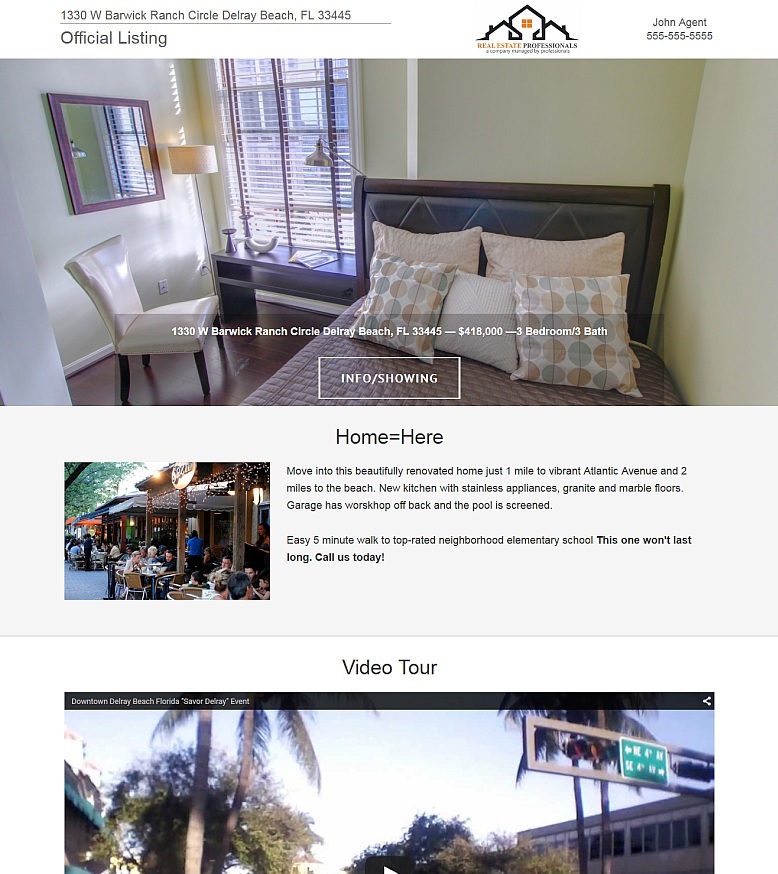Is your real estate website lead capture strategy actually chasing visitors away?
It’s time to reconsider your Seabrook realtors website lead capture strategy.
Successful agents know that long term interaction with potential buyers and sellers leads to more business. That’s why everyone wants to capture names and email addresses from their website visitors as part of their real estate website lead capture strategy.
Many IDX/RETS systems offer visitors the opportunity to save listings and searches and to receive updates via email. Visitors who do register can then be moved into a drip funnel for regular email newsletters and other drip campaigns to keep the agent’s name in front of them when they are finally ready to buy or sell.
First and foremost real estate website visitors come to your site to search and view properties. They are savvy enough to know that the national sites contain out-of-date information and WANT to find and work with a local agent who offers local MLS search.
My pet peeve is FORCED real estate website lead capture registration where the visitor is required to provide an email address as soon as they do a property search. In the featured image above the pop-up comes before ANY search results can be seen. Our research shows that when this happens the visitor almost always immediately bounces from the site and NEVER returns. Not only do you loose potential leads but you also make them angry.
its time to reconsider forced registration as part of your real estate website lead capture
A better strategy is to go with no forced registration or optional registration. Typically, your IDX control panel will allow multiple levels of lead capture strength. I recommend to my clients that they use the lightest level possible.
real estate website lead capture strategy – use lightest lead capture possible
Make sure you are using Google Analytics or some other analytics program. Turn off your early forced registration for six weeks and compare your traffic, bounce rates, page visits and time on site. You will quickly see that the easier to make it for your visitor to view all of your site – including property searches – the better results you will have.
Even with forced registration turned off, visitors who are serious home buyers will eventually want to save a property or search. When they are ready to do so, you will capture their email as well as their loyalty for having an easy to use, up-to-date and informative website.
A real estate website lead capture strategy that I do recommend is to create multiple high-value lead magnets on your site such as”Houston Relocation Guide”, “Best Schools in Atlanta” or “Guide to the Palm Beaches”. Offer these e-books and resource guides for free in exchange for an email address. Now you have provided something of value that visitors will willingly exchange an email address for and EVERYONE wins.



